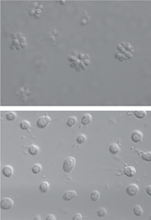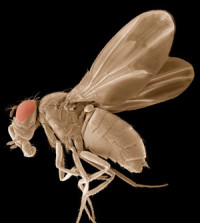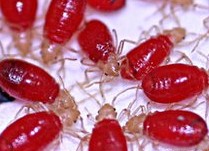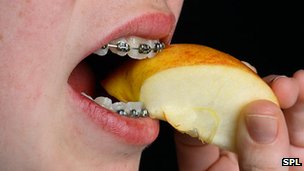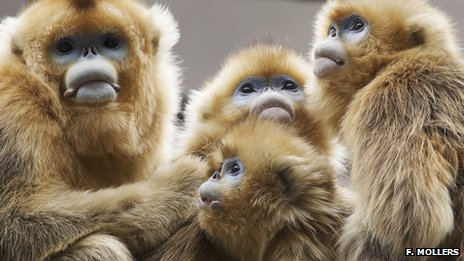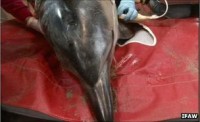Aris Katzourakis, an evolutionary biologist at the University of Oxford in the United Kingdom, didn’t set out to explain rates of cancer in animals. He was interested in why over the last 10 million years the genomes of mice have accumulated 10 times more small RNA viruses, called endogenous retroviruses (ERVs), than has the human genome. He teamed up with researchers from Plymouth University and the University of Glasgow in the United Kingdom to mine for retroviruses in the genomes of a range of mammals—including shrews, humans, dogs, and dolphins. The researchers then tested whether differences in how long mammals live and in how quickly they mature affects how many ERVs they harbor.
By the time the team had identified more than 27,000 unique viral sequences across 38 different mammals, it saw a clear pattern emerging: Small mammals have more ERVs than do larger ones. Mice have more than 3000, whereas dolphins have just 55, and humans are somewhere in the middle with 348, the researchers report online today in PLOS Pathogens.
Larger animals have many more cells, and should therefore have more of these endogenous retroviruses. That they have fewer means they must have found efficient ways to remove them, Katzourakis says. That suggests ERVs can be harmful to their hosts, and this harm is more costly, in an evolutionary sense, to large animals.
How do ERVs harm their hosts? Katzourakis suspects that some ERVs cause cancer. The viruses embed in an organism’s genome and make copies of themselves, and these duplicates then split and reinsert randomly at different locations in the genome. More often than not, these viruses do no harm, but occasionally their reinsertion transforms a healthy cell into a cancerous one. One such event led to the untimely death of the world’s first cloned sheep, Dolly, who succumbed to lung cancer caused by the Jaagsiekte sheep retrovirus. Katzourakis proposes that the higher number of ERVs in small-bodied animals may account for their higher rates of cancer.
“It’s nice to see real experimental results that can help explain the vast differences in cancer susceptibility per gram of tissue between small, short-lived animals and large, long-lived animals,” says epidemiologist Richard Peto of the University of Oxford, who was unconnected to the new study. He first recognized the unexpected differences in cancer susceptibilities between animals of different body sizes in the 1970s, an observation that became known as “Peto’s Paradox.”
From an evolutionary perspective, Peto explains, it makes sense that larger animals are better at protecting their genomes from potentially cancer-causing viruses. Large animals tend to live longer and reproduce later, so it is more important for them to postpone the onset of cancer.
Although the findings pinpoint one mechanism underlying the vast difference in cancer rates, they don’t explain all cancers, says George Kassiotis, a virologist at the National Institute for Medical Research in London who studies ERVs in humans and mice. Despite having few ERVs, he explains, humans still get cancers. ERVs are therefore likely to be one of many factors contributing to cancer rates. “One important aspect of this new study is that it provides a framework to quantify the contribution of ERVs to cancer,” he says, “which in turn will inform the contribution of other causes of cancer.”
